20 Pop Culture Moments That Defined the Last 25 Years

Pop culture didn’t just reflect our lives over the last 25 years—it rewired them. From pocket-sized supercomputers to global fandoms that organize like nations, the way we watch, listen, dress, and stan changed at breakneck speed.
These moments weren’t just trending topics; they shifted industries, rewrote rules, and turned everyday people into power players. Buckle up for a tour through the highlights, hot takes, and headline-makers that defined an era.
1. The Reality TV Explosion Begins with Survivor and Big Brother (2000–2001)
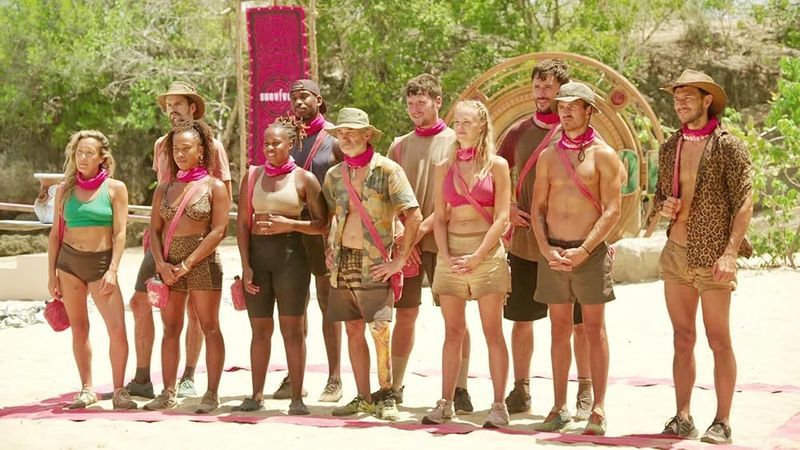
Before strategy became watercooler talk, a remote island and a camera-filled house turned ordinary people into must-watch characters. Survivor and Big Brother rewired the idea of TV conflict, letting audiences judge alliances, betrayals, and endurance in real time. It felt raw, unpredictable, and oddly intimate. Suddenly, the unscripted had structure—and stakes.
Networks realized ratings gold could come cheap: no A-list salaries, just clever editing and confessional booths. The “vote-off” became appointment viewing, and social dynamics became the plot. Formats multiplied, from dating to cooking to entrepreneurship. Reality wasn’t just a genre; it became the factory for fame.
Influence spread to social media before social media even ruled us. Fans rallied, debated, and foreshadowed what stan culture would become. Careers launched, brands were built, and the idea of celebrity started its slow, seismic democratization.
2. J.Lo’s Green Versace Dress Breaks the Internet Before Social Media (2000)

Search engines weren’t ready for that plunging, jungle-print moment at the Grammys. Jennifer Lopez walked the carpet, the world collectively gasped, and Google realized images were a necessity, not a luxury. The dress didn’t simply trend; it engineered a product—Google Image Search. That’s fashion as infrastructure.
Celebrity and technology linked arms in a new way. Red carpets transformed from pre-show ritual to cultural battleground, vaulting stylists into fame and turning dresses into weapons of mass distraction. Brands measured impact in clicks and headlines as much as sales. Virality existed before we had the vocabulary.
The look cemented J.Lo’s status as a pop culture axis. It showed how a single moment could ripple across tech, media, and marketing. And it proved the internet isn’t just about what we read—it’s about what we see.
3. The Birth of Social Media: From MySpace and Facebook to Instagram (2003–2010)
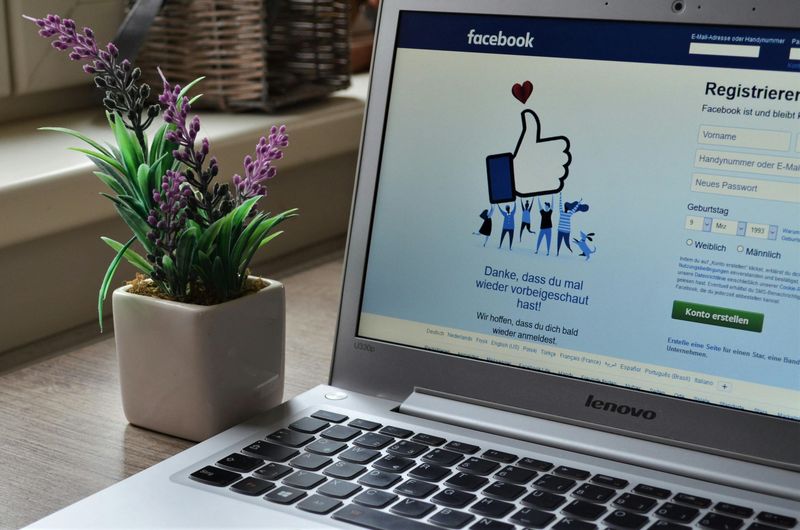
Top 8 drama and glittery profiles gave way to real-name timelines and filtered photos. MySpace taught us customization; Facebook standardized identity; Instagram made perfection portable. Friendship became clickable, and social status turned into a metric. Suddenly, we curated selves like we curated playlists.
Brands and celebrities followed quickly, discovering audiences in comment sections and DMs. News, gossip, and movements now traveled at the speed of the refresh button. Algorithms replaced editors, making virality a science and an art. With every platform swap, our social rules shape-shifted too.
Privacy debates grew as the feed became the front page of life. FOMO entered the dictionary and so did influencer. The digital neighborhood didn’t just connect us; it redefined community, taste, and the power of a well-timed post.
4. The iPhone Launches and Puts Pop Culture in Our Pockets (2007)
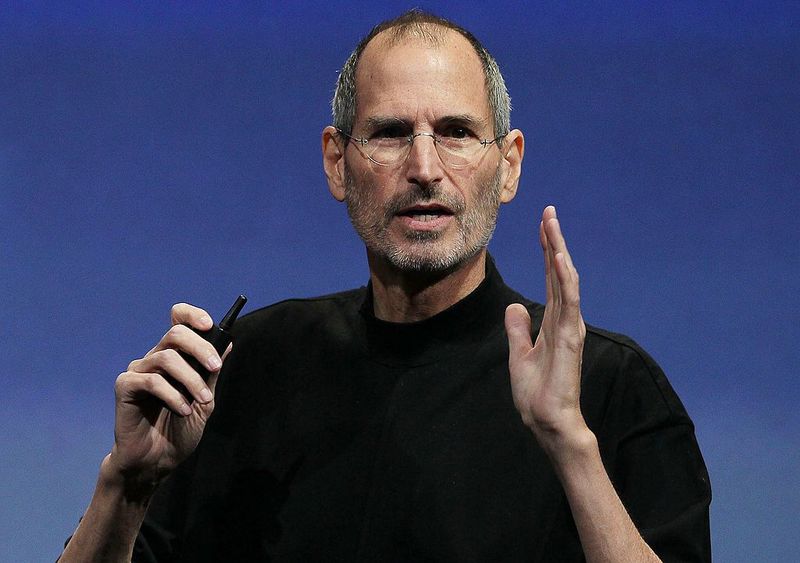
A touchscreen slab replaced cameras, iPods, and maps while smuggling an entire media universe into your palm. The iPhone made internet everywhere feel inevitable, turning downtime into content time. Photos became language, apps became habits, and push notifications became tiny adrenaline hits. Culture compressed to the size of a lock screen.
Creators emerged because the tools did. High-quality cameras plus social apps birthed vloggers, meme lords, and micro-celebrities. Viral moments escaped TV’s gatekeepers, landing straight in group chats. The economy of attention got a hardware upgrade.
Retail, transport, dating, and music consumption transformed alongside. Streaming rose on better mobile networks; selfies reshaped photography; emojis softened text. The phone wasn’t just a device—it was the platform where pop culture now lived, evolved, and monetized itself.
5. Britney Spears’ Breakdown, Comeback, and the #FreeBritney Movement (2007–2021)

Tabloids feasted while a megastar unraveled under blinding scrutiny. The shaved head, the umbrella, the court-ordered conservatorship—Britney’s life became public property. Later, fans reframed the narrative with #FreeBritney, turning concern into a historic collective action. A pop icon became a case study in power, autonomy, and empathy.
Documentaries shifted the tone from mockery to accountability. Media consumers confronted their complicity in a cruel spectacle. Legal oversight, family dynamics, and mental health conversations intertwined. Suddenly fandom wasn’t just cheerleading; it was advocacy.
Her eventual legal victory resonated far beyond celebrity pages. The saga questioned how we handle female stardom and vulnerability. It also redefined the limits of fan influence, proving online communities can pressure systems that once felt untouchable.
6. The Rise of the Kardashians and Influencer Culture (2007–Present)

Reality TV fame morphed into a full-blown business empire with filters, apps, and a glossary of contouring. The Kardashians didn’t just ride trends—they commercialized them with uncanny precision. Self-branding became a profession, and the selfie became a sales funnel. Fame turned into a product line.
Platforms rewarded personality as much as talent. Direct-to-consumer beauty lines, shapewear, and sponsored posts blurred ads with content. Every milestone landed on Instagram first, then headlines followed. The personal became a media network.
Influencer culture democratized celebrity but also saturated the attention market. Micro-influencers carved niches while macro stars shaped aesthetics. The family’s legacy isn’t only in TV ratings—it’s in the playbook for turning personal narrative into scalable commerce.
7. The Twilight, Harry Potter & YA Franchise Mania Peak (2001–2012)

Bookstore lines turned into midnight movie marathons as young adult sagas conquered the box office. Harry Potter grew up with its audience while Twilight sparked a frenzy of teams and Tumblr edits. Fandom discourse turned passionate and omnipresent, with ships, lore debates, and fanfic ecosystems. Studios learned loyalty beats novelty.
Merch, theme parks, and conventions multiplied the universe beyond screens. Each new installment felt like a cultural holiday, uniting generations and friend groups. YA adaptation became a pipeline for stars and directors. The formula was clear: world-building, romance, and repeatable stakes.
Social platforms amplified theories and spoilers in real time. Fan labor—art, memes, cosplay—added value the studios couldn’t buy. This wasn’t passive viewing; it was participatory culture at blockbuster scale.
8. Beyoncé Redefines the Pop Star with Visual Albums and Iconic Performances (2013 Super Bowl, Lemonade 2016)
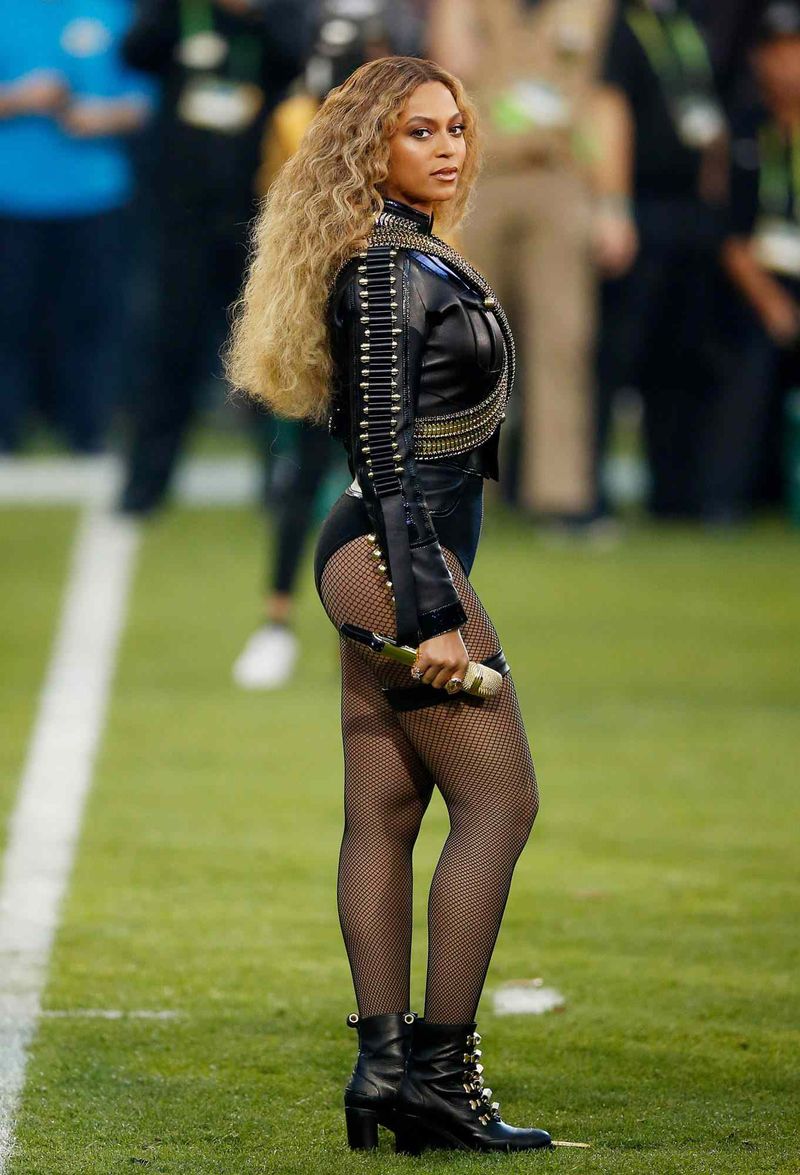
Surprise drops and meticulously staged visuals turned albums into events, not just playlists. Beyoncé’s halftime dominance and Lemonade’s cinematic storytelling fused music, film, and cultural critique. Rollouts became art installations, conversation starters, and history lessons. The bar for pop spectacle permanently rose.
Ownership and precision defined the strategy. From exclusive premieres to controlled imagery, every frame carried intention. Themes of heritage, power, and womanhood met choreography that traveled instantly across timelines. The message was as engineered as the melody.
Artists across genres adopted the blueprint: fewer leaks, more moments. Visual identity mattered as much as sound. In a fractured media age, she demonstrated that cohesion and shock can still command universal attention.
9. The Marvel Cinematic Universe and Avengers: Endgame Take Over the Box Office (2008–2019)
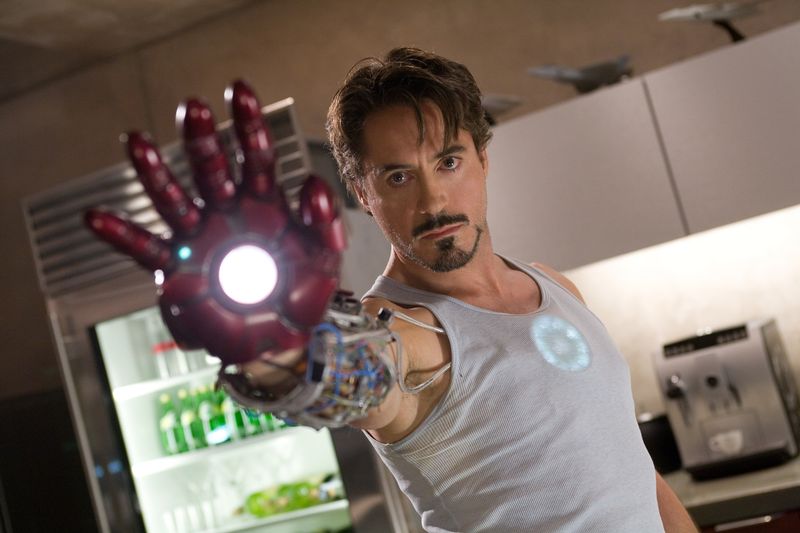
Crossover storytelling moved from comics to multiplexes with meticulous planning and post-credit breadcrumbs. The MCU taught audiences to think in phases, timelines, and Easter eggs. Avengers: Endgame felt like a stadium event disguised as a film. Shared universes became the industry’s north star.
Merchandising and global premieres synchronized fans across continents. Directors blended character humor with operatic stakes, widening the tent without lowering ambition. Every trailer drop was a community ritual. The payoff of a decade-long arc proved patience could be profitable.
Studios chased the playbook while critics debated artistic costs. Superhero fatigue loomed, yet the cultural gravitational pull remained undeniable. Love it or not, the MCU remapped how franchises are made, marketed, and measured.
10. The Streaming Revolution: Netflix Binge-Watching Changes How We Watch TV (2013–Present)

Entire seasons dropping at once turned weekends into narrative marathons. Netflix normalized the binge, and the remote became a passport to endless choice. Release calendars blurred, watercoolers moved to Twitter, and spoiler etiquette became a new social contract. The queue replaced the channel.
Originals signaled serious intent: prestige dramas, quirky comedies, global sleeper hits. Data-driven commissioning birthed shows that seemed engineered for niche love. UI design and auto-play kept attention loops spinning. Appointment TV gave way to on-demand ritual.
Competitors swarmed, fragmenting catalogs and budgets. The upside was creative risk; the downside, option paralysis. Still, streaming cemented watching as a personal, portable experience—on trains, treadmills, and tablets alike.
11. Breaking Bad, Prestige TV, and the Golden Age of Series Finales (2013)

Antiheroes had long ruled prestige TV, but Walter White’s arc concluded with surgical catharsis. The Breaking Bad finale crystallized a quality era where showrunners were auteurs and endings mattered. Fans dissected shots like film students, and TV recaps became literature. Television demanded respect and got it.
Production values rivaled cinema, and character complexity drove appointment viewing. Streaming later amplified reach, but the live finale felt communal. Critics and audiences agreed—sticking the landing changes legacy. Suddenly, final seasons were high-wire acts.
Writers’ rooms became brand names, and spinoffs proved universes could deepen, not dilute. Golden Age became more than a buzzword; it was a standard. The result: a decade where TV finales were cultural summits.
12. Game of Thrones Becomes a Global Obsession—Then a Global Backlash (2011–2019)
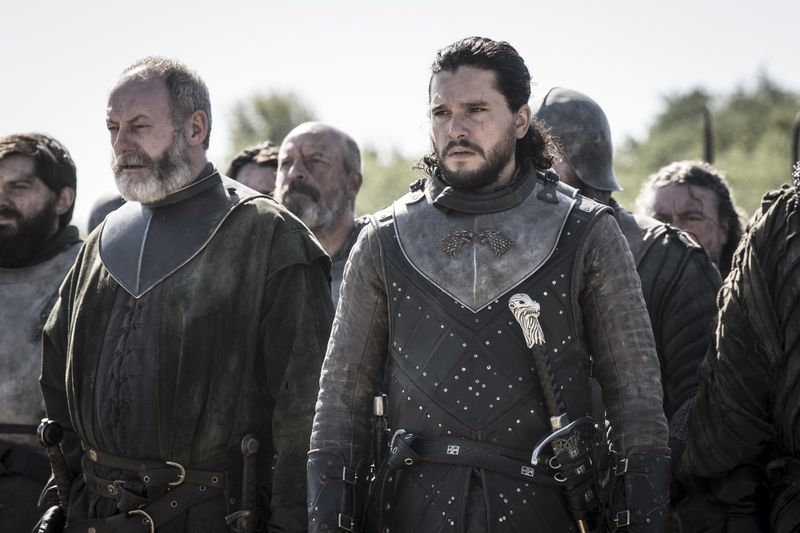
Fantasy went mainstream through palace intrigue, dragons, and weekly shock therapy. Game of Thrones turned Sunday nights into worldwide rituals, complete with prediction threads and reaction videos. Characters felt mythic yet messy, and maps became memes. Then the final sprint divided the kingdom.
Production scale redefined television spectacle. Battle episodes rivaled blockbuster films, while leaks and theories fueled constant chatter. Streaming boosts made catch-up a rite of passage. It was pop culture’s lingua franca for nearly a decade.
The ending triggered petitions, critiques, and think pieces galore. Fandom’s love turned to audit, a lesson in pacing and payoff. Still, the show’s footprint endures: appointment TV can rule, but expectations rule harder.
13. K-Pop’s Global Takeover: BTS, BLACKPINK, and the Fandom Era (2016–Present)

Perfect choreography, meticulous visuals, and fandom infrastructure powered a cross-border pop wave. BTS and BLACKPINK turned streams into stadiums, chart metrics into missions. Fans crowdfunded billboards, mastered streaming strategies, and learned lightstick etiquette. Pop became a participatory project.
Language barriers dissolved via subtitles, fancams, and community translation. Social platforms gave idols instant feedback loops, multiplying parasocial bonds. Western media recalibrated gatekeeping as award shows bent to the numbers. Fashion and beauty followed suit.
Labels studied the blueprint: training systems, storytelling, and multiverses of content. Tour economies exploded, while merch ecosystems rivaled luxury drops. The result is a new normal—global by design, local in feeling, and fan-first in practice.
14. Viral Phenomena: From “Gangnam Style” to TikTok Dances and “Baby Yoda” (2012–Present)
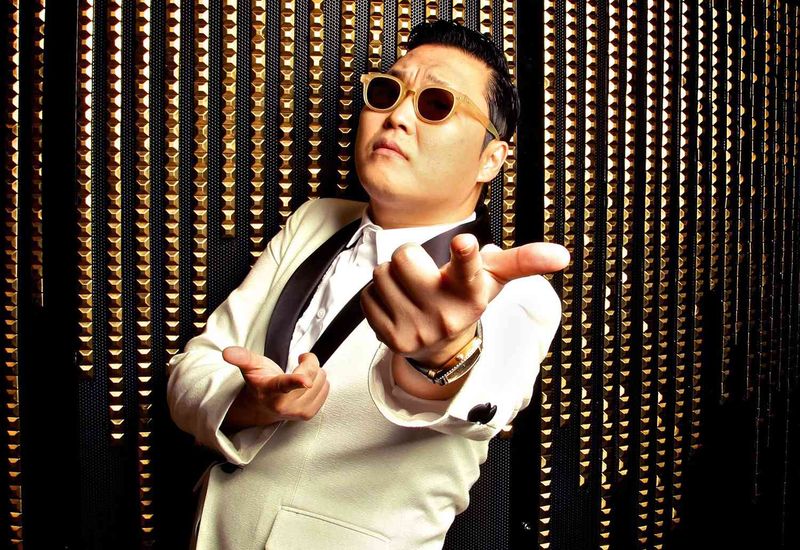
Earworms, dance challenges, and adorably mysterious aliens reshaped the speed of fame. Gangnam Style broke YouTube’s counter and proved global novelty could topple language walls. TikTok industrialized virality with short loops and remix culture. Suddenly, trends had half-lives measured in hours.
Creators became cultural chemists, tweaking sounds and angles for the algorithm gods. Brands chased moments with mixed results, while artists learned to seed snippets. Memes traveled faster than official campaigns. The vibe was agile, chaotic, and irresistible.
Baby Yoda captured hearts by weaponizing cute with cinematic polish. Reaction GIFs, duets, and stitches functioned as social glue. Virality stopped being a lightning strike and became an expected weather pattern.
15. #MeToo and the Harvey Weinstein Reckoning Reshape Hollywood (2017–2018)

Whispers turned into a roar as survivors spoke out and institutions scrambled. The Weinstein revelations ignited #MeToo, transforming private trauma into public accountability. Career consequences followed, and red carpets became forums for solidarity. Power dynamics faced overdue scrutiny.
Workplaces rewrote policies while media weighed investigative rigor against legal minefields. The conversation pushed beyond Hollywood, touching newsrooms, restaurants, and politics. Hashtags evolved into movements, committees, and reforms. Cultural silence cracked open.
The legacy remains contested but undeniable. It recalibrated consent conversations and reshaped how we view celebrity. Awards shows, casting decisions, and press tours all bear its imprint—less complacency, more questions.
16. The Royal Weddings and ‘Megxit’ Turn the British Monarchy into Must-See Drama (2011–2020)

Fairytale pomp met 24/7 commentary as royal events became global television. William and Kate’s wedding refreshed tradition; Harry and Meghan’s added modern flair and cultural resonance. Then the exit heard around the world reframed duty versus autonomy. The crown had a plot twist.
Media ecosystems feasted on protocol, fashion, and family tension. Interviews turned into watershed moments, recalibrating public sympathy and critique. Streaming carried royal content far beyond the Commonwealth. Tabloids and Twitter waged daily interpretation wars.
Questions of race, mental health, and institutional rigidity dominated the narrative. Branding savvy collided with centuries-old symbolism. The monarchy proved both a ratings juggernaut and a mirror of contemporary debates.
17. Pandemic Pop Culture: Tiger King, Zoom Life, and Home Streaming Take Over (2020)
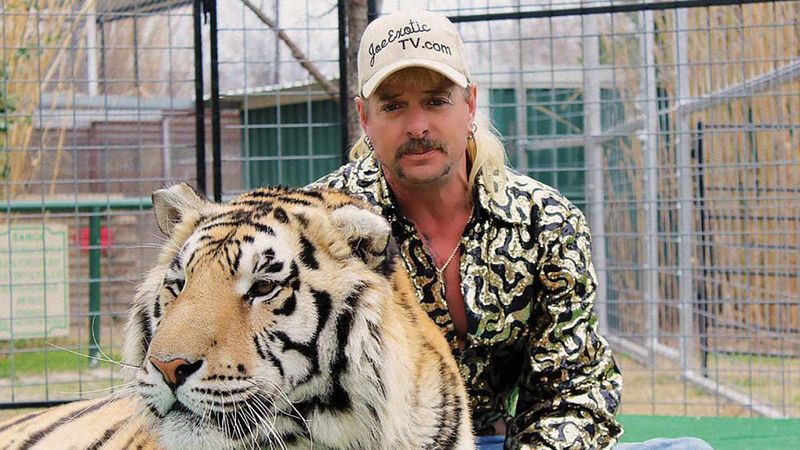
Lockdowns compressed the world into screens, and a chaotic docuseries became the first shared obsession. Tiger King’s bizarre universe provided escapism and memes for days. Zoom windows replaced stages, classrooms, and happy hours. Entertainment migrated home, and release windows dissolved.
Studios tested premium VOD while concerts turned into living room livestreams. Workout apps surged, sourdough starters trended, and Animal Crossing became a virtual town square. Screens were solace and saturation all at once. The line between content consumer and creator thinned.
Culture’s tempo shifted from theaters to timelines. Awards shows experimented; film sets reimagined safety. Even after reopening, the industry kept hybrid habits—and audiences kept pajamas.
18. Squid Game and the Globalization of Non-English Hits (2021)
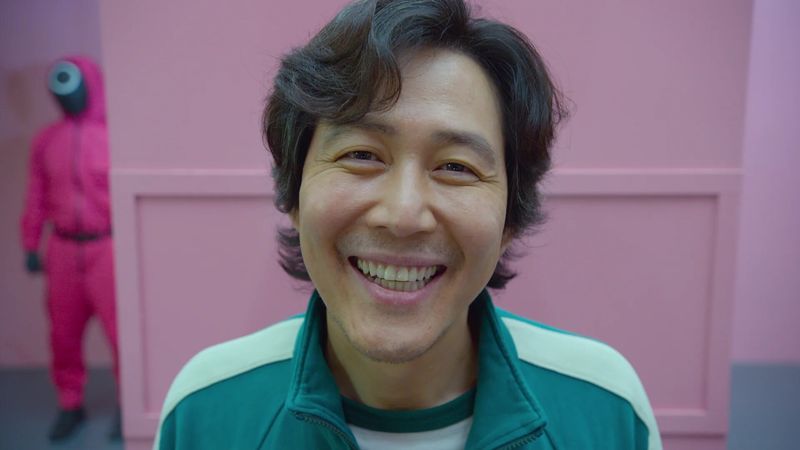
A survival thriller in Korean became the most-discussed show on the planet. Squid Game proved subtitles are not barriers when stakes and storytelling land. Iconic imagery—green tracksuits, red guards, sugar honeycombs—invaded Halloween and meme culture. The algorithm finally bet on the world.
Streamers invested more in international originals, seeing export potential everywhere. Audiences embraced dubbing options and cultural context breakdowns on TikTok. Story specificity yielded universal resonance. The global TV map redrew itself in bold color.
Merch, challenges, and think pieces proliferated. Conversations about labor, inequality, and spectacle traveled with the show. Non-English hits aren’t exceptions now—they’re pillars of the slate.
19. Taylor Swift’s Re-Recordings and the Record-Breaking Eras Tour (2021–2023)

Ownership battles turned into a masterclass in artist leverage. Taylor Swift’s re-recordings reclaimed catalog value while mobilizing a fanbase as auditors and archivists. Vault tracks felt like time capsules opened with a flourish. The strategy blended art with IP savvy.
The Eras Tour became a cultural pilgrimage, boosting local economies and shattering records. Outfits, friendship bracelets, and surprise songs turned concerts into rituals. Social media extended every show into a global afterparty. Fandom logistics reached spreadsheet-level precision.
Industry players took notes on contract clauses and community-building. Chart records fell, and live music benchmarks reset. It wasn’t just a tour—it was a thesis on narrative control.
20. “Barbenheimer” and the Return of the Big Shared Movie Moment (2023–2024)

Two tonally opposite films collided into a meme and a movement. Barbie and Oppenheimer shared a release weekend, and audiences turned scheduling into performance art. Double features, themed outfits, and pink vs. physics jokes took over feeds. The cinema became a festival again.
Studios discovered counterprogramming could be synergy in disguise. Theater attendance spiked as social plans centered on showtimes. Marketing met community creativity halfway. The result felt organic, joyous, and rare.
Box office triumphs revived hopes for theatrical windows. More importantly, the moment reminded us movies are better when experienced together. Shared novelty, it turns out, is still irresistible.

Comments
Loading…